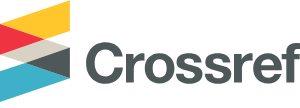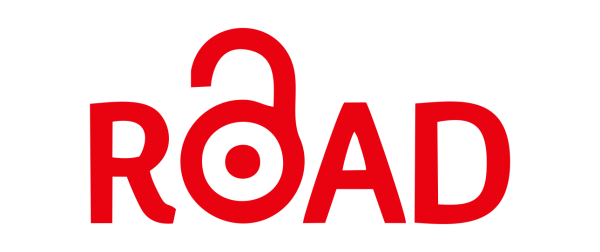Abstract
Autism spectrum disorder (ASD) is a prevalent condition in childhood, affecting around 1 in 44 individuals. Approximately 53% of children with ASD exhibit one or more challenging behaviors (CBs), which include aggression, self-injury, property destruction, elopement, and more. This percentage is significantly higher compared to their typically developing peers or those with other developmental disorders. Cognitive-behavioral therapy (CB) has numerous detrimental effects on the individual, all of which are linked to an unfavorable long-term result. When it comes to caregivers of children with ASD, the presence of Challenging Behaviors (CB) is a more dependable indicator of stress than the intensity of the child's primary ASD symptoms. This study examines the use of fixed facial traits extracted from photographs of autistic children as a biomarker for distinguishing them from healthy children.
This research extracts characteristics from the power spectrum density (PSD) got using t-f (SDFT) analysis of each autism face image. The acquired characteristics are then input into a convolution neural network (CNN) to classify the face image as autistic (happy, angry,..,etc.) or not. The accuracy of this study's given result that used the SDFT of the image is 52%, and that of the original face image is 44%, and if used the transfer learning for the original face image, it has up from 44% to 85%.
Recommended Citation
Abdulshahed, Sameer Hameed and Abdulsadda, Ahmad Taha
(2024)
"Facial Expression Recognition and Classification for Autism Spectrum Disorder based on SDFT Images using Deep Learning,"
AUIQ Technical Engineering Science: Vol. 1:
Iss.
1, Article 1.
DOI: https://doi.org/10.70645/3078-3437.1000













Follow us: